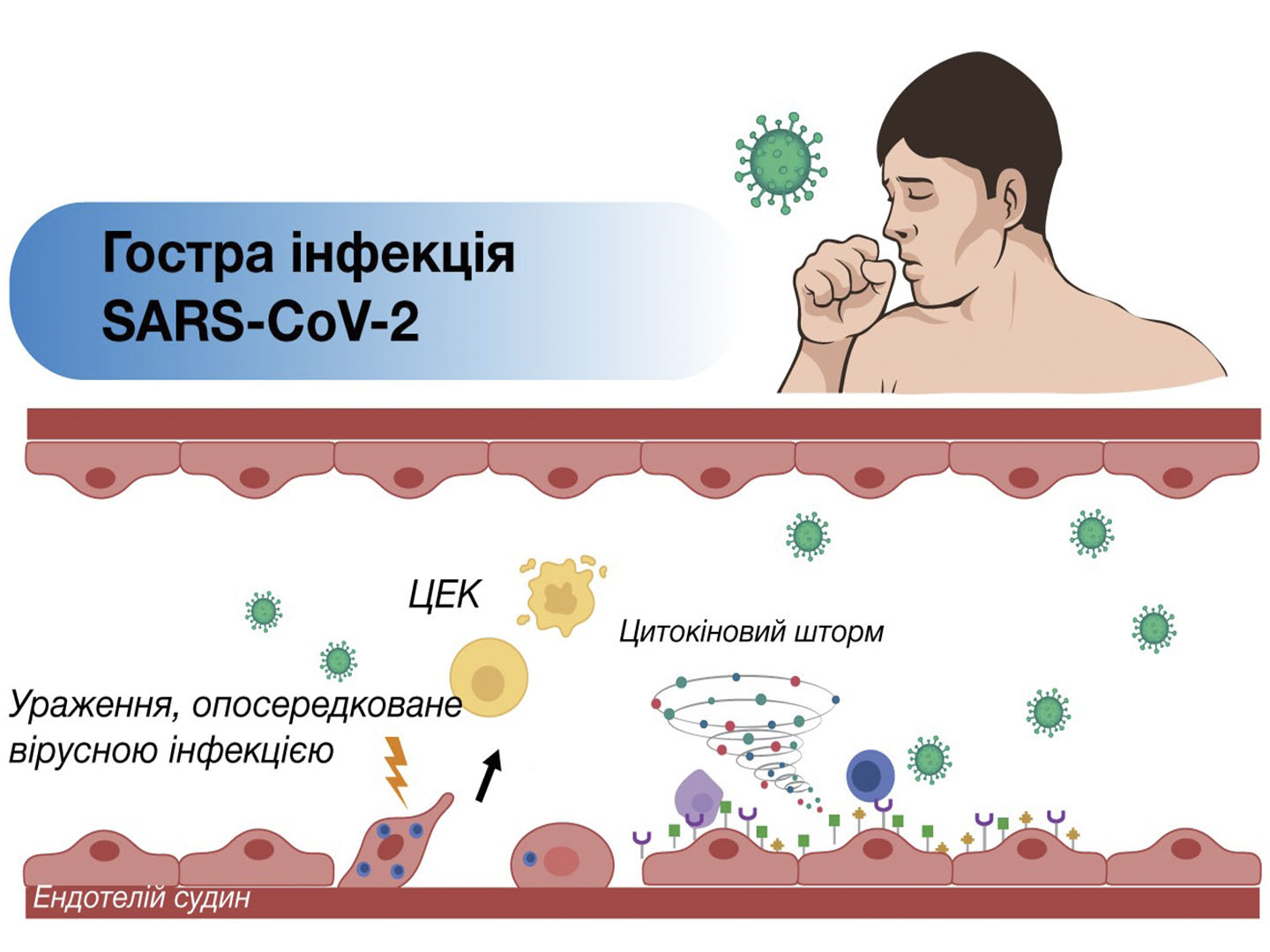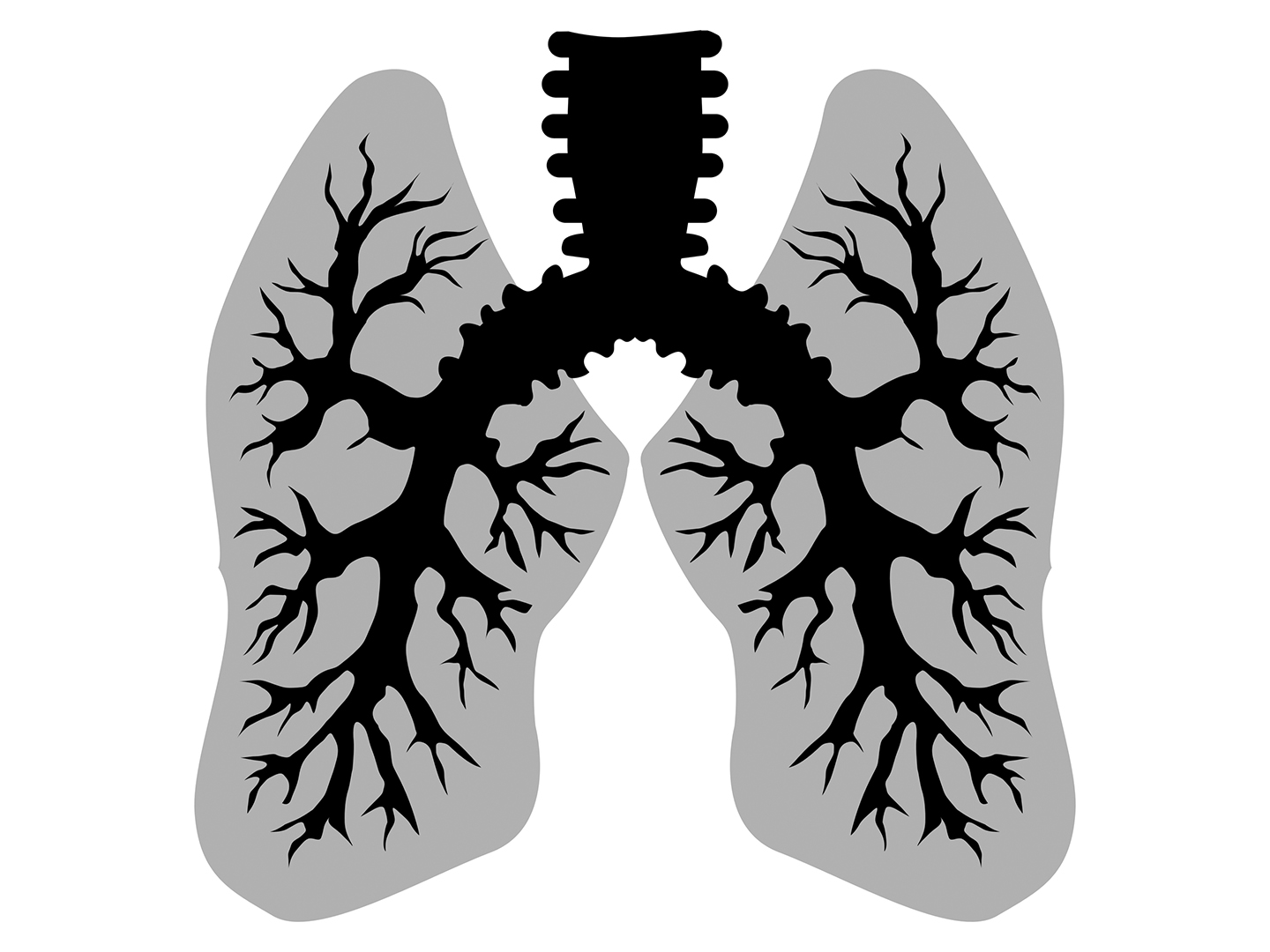Decametoxin-based anti-septic solutions vs povidone-iodine in preventive therapy of the skin in venous catheter care
Military Medical Clinical Center of the Central Region
National Pirogov Memorial Medical University, Vinnytsya
740 Regional Sanitary Epidiological Detachment
Summary. The main route of development of catheter-associated sepsis is a secondary contamination of subcutaneous tunnel by the patient’s own skin microflora. There is long and positive experience of application of decametoxin-based antiseptics Amosept and Horosten for skin decontamination. In this study we compare effectiveness of antiseptic solutions on the basis of decametoxin and Povidone-iodine for preventive treatment of patients’ skin before installing and during the use of vascular catheter. Also the influence of application of different skin antiseptics on the rate of catheter-associated infections was studied. After the treatment of the skin by decametoxin-based antiseptics microorganisms were not appearing. In 3 hours after treatment by Povidone-iodine there was found the number of microorganisms resulting in 3.2 CFU/cm2, in case of Amosept application – 0.9, and alcohol solution of decametoxin – 0.3. In 24 hours after the processing the differences in the number of microorganisms on the skin in Povidone-iodine and Amosept group slightly decreased. The areas of skin treated by 0.1 % alcohol solution of decametoxin remained the least contaminated. Treatment of skin by Amosept or 0.1 % alcohol solution of decametoxin resulted in decreasing of the rate of catheter-associated infections by 3.5 and 12.5 % respectively, as compared to the treatment by Povidone-iodine – 52 %.
Key words: decametoxin, catheter, infection, prevention, skin decontamination.





